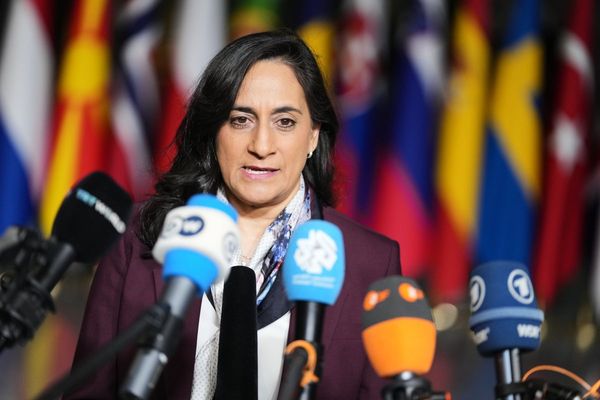
On Wednesday, Microsoft Corp. (NASDAQ:MSFT) CEO Satya Nadella praised a breakthrough by the company's research division, highlighting a prototype analog optical computer built with smartphone components that could reshape how industries solve complex problems.
Nadella Calls It A Breakthrough
Nadella took to X, formerly Twitter, saying Microsoft's "breakthrough work on an analog optical computer points to new ways to solve complex real-world problems with much greater efficiency.
He added that he was "super" excited to see the research published in the scientific journal Nature.
See Also: Nvidia Prepares New China-Specific AI Chip To Defend Market Share
Built With Everyday Tech, Designed For Speed And Efficiency
According to a Microsoft blog, the research team spent four years developing the analog optical computer, or AOC, using readily available parts such as micro-LED lights, smartphone camera sensors and optical lenses.
Unlike traditional digital computers, which process binary data, the AOC uses light as a medium for computation.
Microsoft said the prototype could be up to 100 times faster and 100 times more energy efficient at solving certain optimization problems compared to today's digital systems, with the potential to run AI workloads at a fraction of the energy used by GPUs.
Tackling Finance, Healthcare And AI
The research team tested the AOC on optimization problems in both banking and healthcare.
In collaboration with Barclays, the system helped simulate complex transaction settlements involving thousands of parties and tens of thousands of trades.
In healthcare, researchers used the AOC's digital twin to reconstruct MRI scans, suggesting future versions of the device could cut scanning times from 30 minutes to five.
The team also mapped early machine learning tasks onto the system, showing potential for the AOC to one day run large language models with lower costs and energy consumption.
Francesca Parmigiani, Microsoft principal research manager leading the project, said that the device is not yet a general-purpose computer but could solve a wide range of practical problems.
Microsoft also said that it is sharing its optimization solver algorithm and a digital twin of the AOC so other organizations can test the system virtually and propose new applications.
Price Action: Over the past month, Microsoft's shares have declined by 5.65%, yet they are still up 20.73% year-to-date, according to Benzinga Pro.
Benzinga's Edge Stock Rankings suggest that while MSFT is experiencing some short-term weakness, it continues to maintain a solid upward trend in the medium and long term. Additional performance insights can be found here.

Read Next:
Disclaimer: This content was partially produced with the help of AI tools and was reviewed and published by Benzinga editors.
Photo courtesy: Shutterstock







